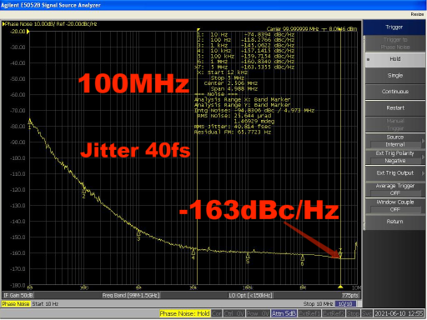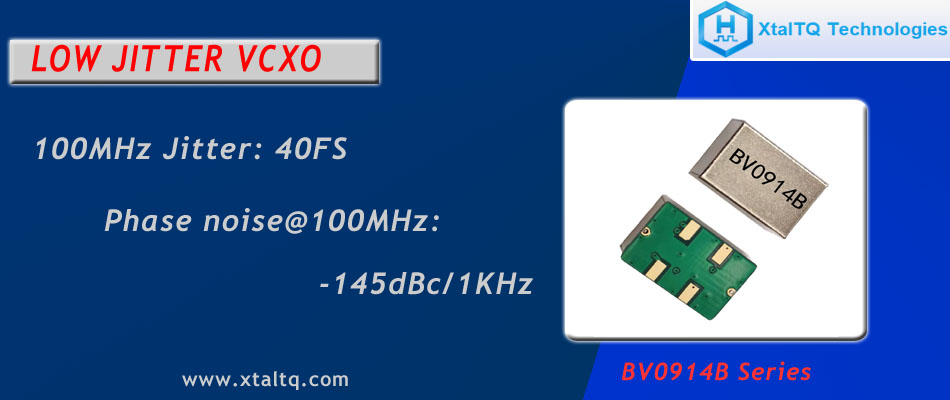
What is Jitter on Oscillator? Why is it so important for electronic system?
In the context of high-precision crystal oscillators, jitter is a critical parameter that measures the deviation in the timing of the clock signal from its ideal periodicity. It is typically expressed in terms of picoseconds (PS) or femtoseconds (FS).

High-precision crystal oscillators, commonly used as clock sources in electronic systems, are required to have low jitter for several reasons:
Oscillator Stability: Low jitter is essential for maintaining the stability of an oscillator in the Time Domain. In applications such as communication systems, data converters, or high-speed digital systems, precise timing is crucial for proper data sampling and accurate signal processing.
Data Integrity: Jitter can affect the integrity of data transmission. In systems where data is synchronized to a clock signal, excessive jitter may lead to timing errors, causing data corruption or loss.
Spectral Purity: Jitter contributes to the phase noise of a clock signal, which is undesirable in many applications. Worse phase noise can degrade the performance of communication systems, especially in radio frequency (RF) and wireless applications.
Analog-to-Digital Converters (ADCs) and Digital-to-Analog Converters (DACs): In precision applications such as audio processing or instrumentation, low jitter is crucial for maintaining the accuracy of ADCs and DACs. Jitter can introduce errors in the conversion process, affecting the quality of the output signal.
Oscillator Distribution: In systems with multiple components or integrated circuits, a low-jitter oscillator is essential for accurate synchronization. Excessive jitter can lead to timing skew among different parts of the system.
The impact of jitter on product design and usage is significant, influencing factors such as system performance, reliability, and overall functionality. Designers aim to minimize jitter through careful selection of components, layout considerations, and, most importantly, the use of high-precision crystal oscillators or clock source. Actually, Jitter of XtalTQ VCXO 100MHz is 40fs and VCXO 122.88MHz is 31fs.


 +86-28-85980596
+86-28-85980596  sales@xtaltq.com
sales@xtaltq.com +86-28-85980596
+86-28-85980596
 sales@xtaltq.com
sales@xtaltq.com
 No.666 Shaojia Street, Shuangliu District, Chengdu, China
No.666 Shaojia Street, Shuangliu District, Chengdu, China



